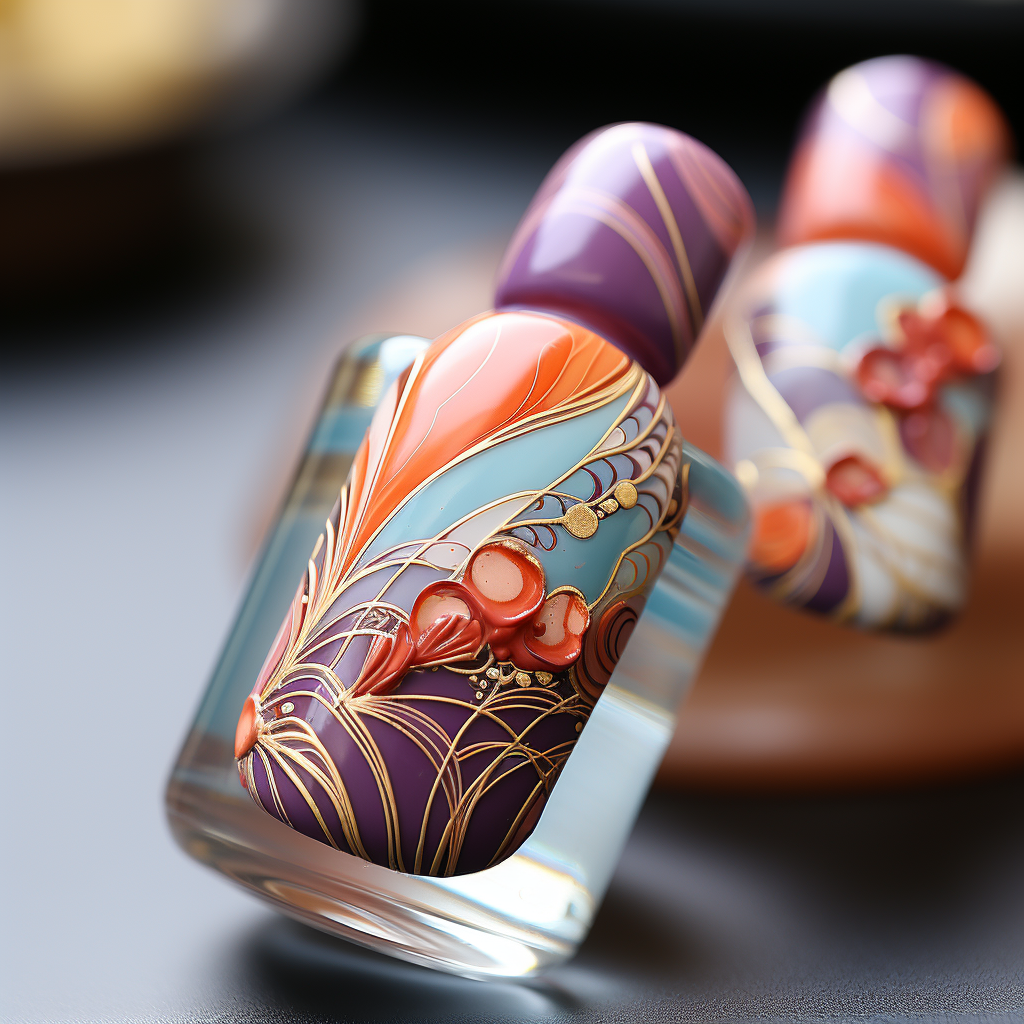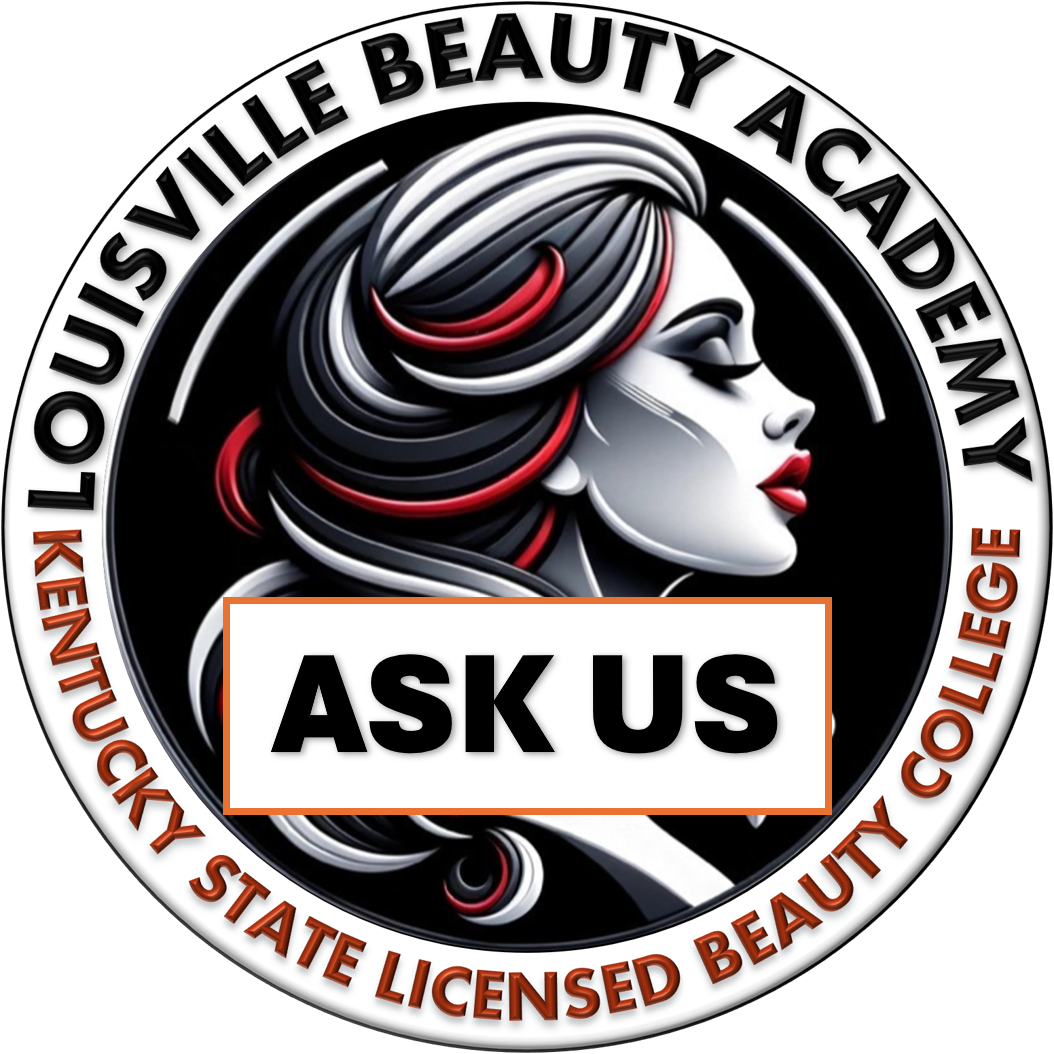Cosmetology: From Craft to Certified Profession
Cosmetology has its roots in ancient cultures worldwide. However, it was not until the late 19th and early 20th centuries that it became a regulated profession in the United States. Martha Matilda Harper, often referred to as the mother of modern cosmetology, pioneered the concept of beauty salons when she opened the first one in Rochester, New York, in 1888.
The transformation of cosmetology from a casual craft to a respected profession continued into the 20th century. The establishment of the Associated Master Barbers of America in 1924 marked a significant milestone in the evolution of the profession. This organization set standards and regulations for the industry, paving the way for future professional cosmetology organizations.
Modern cosmetologists must undergo extensive training and licensure, including learning about hair styling, coloring, skin care, makeup application, and often even business management and customer service. With the advent of various sub-fields, the cosmetology industry continues to grow, innovate, and professionalize.

Esthetics: The Emergence of Skin Care Experts
While skin care and beauty rituals have been a part of human civilization since ancient times, the specialization of esthetics did not gain traction until much later. The United States saw the popularization of this distinct profession around the 1970s.
Before this, skin care was usually bundled under the broad umbrella of cosmetology. However, the 1970s brought a heightened awareness and interest in skin health, leading to the need for specialists. The first esthetician licensing programs were established, marking the recognition of esthetics as a distinct profession.
Today, estheticians are certified professionals trained in a variety of treatments such as facials, microdermabrasion, chemical peels, and other skin care procedures. This specialized profession has become an integral part of the beauty and wellness industry.

Nail Technology: The Art and Science of Manicure and Pedicure
Nail technology is a relatively recent addition to the professional beauty industry, with nail salons gaining popularity in the United States in the 1970s and 1980s. Nail art, manicures, and pedicures were no longer seen as luxuries but as a part of regular grooming and self-care.
The Nail Manufacturers Council, established in 1985, played a crucial role in supporting the professionalization of the industry. This organization worked to set standards and promote growth in the industry, leading to the distinct recognition of nail technicians as professionals.
Nowadays, nail technicians must undergo formal training and obtain a license to practice. They are skilled in various techniques like nail art, nail extensions, and gel and acrylic applications, making nail technology a specialized and respected profession.

Conclusion
The evolution of cosmetology, esthetics, and nail technology from ancient personal grooming practices to respected, regulated professions is a testament to the enduring importance of personal care and beauty in our society. Today, professionals in these fields require formal education and certification, and they continue to push the boundaries of their professions through constant innovation and the adoption of new techniques and technologies.






